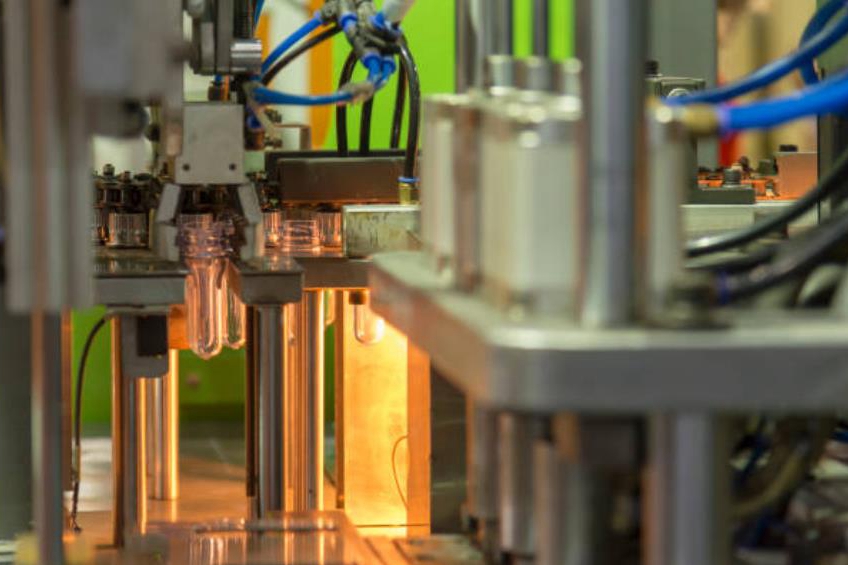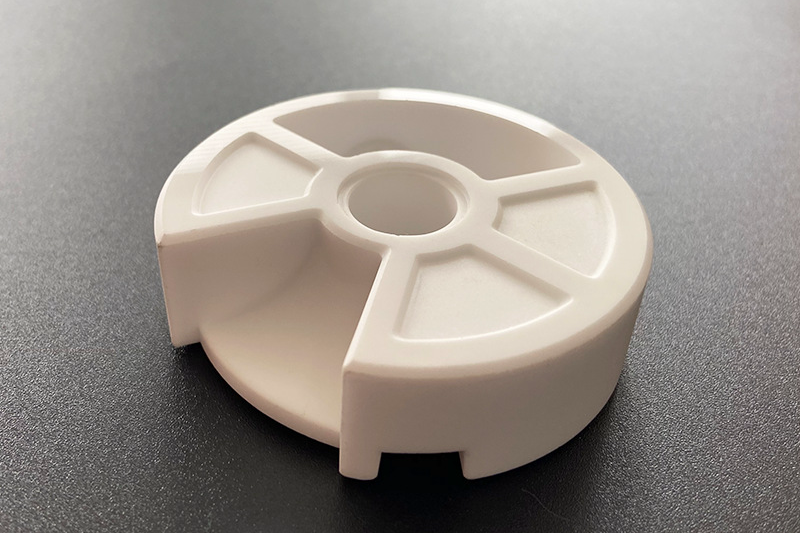When does injection molding become cheaper than sheet metal?
When Injection Molding Becomes Cheaper Than Sheet Metal
Injection molding becomes more cost-effective than sheet-metal fabrication once production volume, part complexity, and performance requirements favor molded geometry over 2D-formed structures. While sheet metal is excellent for low-volume or larger flat-form enclosures, molded plastics—produced through injection molding or specialized methods such as overmolding and insert molding—deliver better per-unit economics once tooling cost is amortized across moderate to high volumes. This makes molding especially attractive for consumer devices, telecom housings, medical equipment, and compact structural components.
Cost Crossover Analysis
For sheet metal, cost is driven by material thickness, cutting, bending, hardware inserts, welding, and finishing. Each unit carries processing time and labor, so per-piece pricing decreases slowly with scale. By contrast, injection molding requires a one-time tool investment, but cycle times are extremely short—meaning per-unit cost drops rapidly once volumes rise. For most projects manufactured in plastic injection molding, the crossover point typically occurs at:
• **2,000–5,000 pcs/year** for moderately complex parts • **5,000–10,000 pcs/year** for highly cosmetic enclosures with tight tolerances • **10,000+ pcs/year** when molds include slides, texture requirements, and multi-material features
Below these ranges, sheet metal is generally cheaper and faster to iterate because it avoids tooling cost. Beyond these ranges, molding becomes far more economical per piece.
Design and Performance Factors Affecting the Crossover
Injection molding enables features that are costly or impossible in sheet metal—such as integrated bosses, clips, ribs, seals, and complex 3D geometry—which reduce the need for secondary operations and assembly time. Plastics such as polycarbonate (PC), nylon (PA), and Ultem (PEI) offer strength, UV protection, and flame-retardant grades for outdoor or electronic applications. When the design requires integrated EMI frames, snaps, or multi-material grips, insert molding and overmolding significantly reduce part count and labor compared to traditional sheet-metal assemblies.
Finishing and Cosmetic Considerations
Sheet-metal parts often require polishing, powder coating, plating, or painting, which add cost and variability. Injection molding offers molded-in textures and colors, eliminating the need for finishing entirely. For aesthetic housings, molded-in VDI or MT textures offer consistent surface quality at no added piece-cost. Outdoor and premium products may add anodizing for aluminum internal structures or use powder coating selectively, but plastics generally retain the advantage in cosmetic consistency and cost.
Industry Usage Trends
In consumer electronics, molded housings dominate because integrated features and tight cosmetic standards favor injection molding. In telecommunication and medical devices, molding becomes the economical choice once annual volumes exceed a few thousand units and EMI or sealing features are required. For power tools and lighting systems, the strength and weatherability of engineered plastics reduce structural complexity and overall assembly cost.
Practical Recommendation
If your product requires complex shaping, integrated fasteners, a lightweight structure, high cosmetic quality, or recurring annual volumes exceeding a few thousand pieces, injection molding will generally outperform sheet metal in terms of cost, consistency, and assembly efficiency. Early engagement with Neway’s prototyping services allows DFM adjustments—wall thickness, draft, snap fits—before committing to tooling, ensuring the crossover to molding delivers maximum cost benefit.



